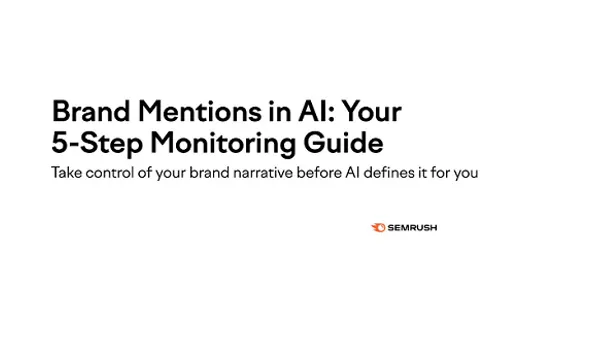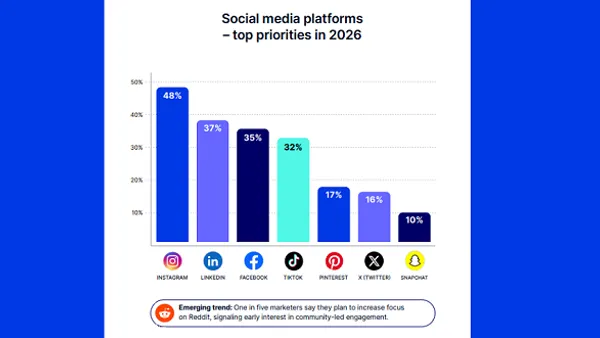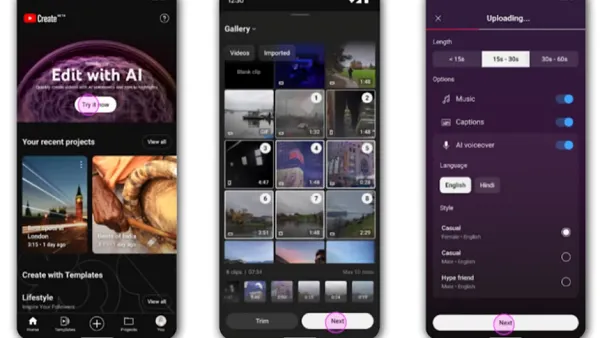Realities in the competitive landscape are forcing management to rethink how their companies are communicating with their customers, how their products and services can become utilities to customers' lives, and ultimately how digital and online (including social media) strategies can become a key part of their companies' experience.
Inspiration that addresses these realities comes in various forms. Often it's a case of actively searching for success stories and rethinking how to apply them, making them relevant to a specific audience and company. Other times, and arguably the most profound of times, is allowing ideas to creep up on you through creative exploration, both actively and passively. As Susan L. Smith once said in HOW Magazine "The more I accept that inspiration is elusive, the less I go looking and the more I simply wait for it to find me. Sometimes, we look so hard for something that we miss it. So I'm learning to be OK with the unanswered and the unpredictable and the inconsistent. I've realized that sometimes asking questions is more inspiring than having all the answers."
However, specifically in traditional corporate society, there lies a gap between inspiration and implementation resulting in delayed carry through or worse yet returning to ones previous modus vivendi. To avoid this, the following process can help (note, this is a high level overview and should be explored deeper for your own business circumstances with your own consultant).
- From the start take into account the structure of the company by answering the fundamental question "Is the company's current structure, framework and systems suitable for the intended way forward?", and if it's not what needs to be in place (and when) for strategic implementation to be carried through
- Identify the operational and human resource requirements called for by the strategy, specifically for the medium and long-term period
- Draw up an implementation roadmap that is short, medium and long-term focused and that is linked to clear strategic objectives
- Assign roles and responsibilities to specific individuals, both internal and external, with key targets and deadlines
- Look for quick wins and priorities that will ultimately inspire and motivate continued support from key stakeholders
- Periodically analyse progress with a scorecard that measures performance and make provision for (a) those occasions when headway gets derailed and (b) continuous improvement strategies









